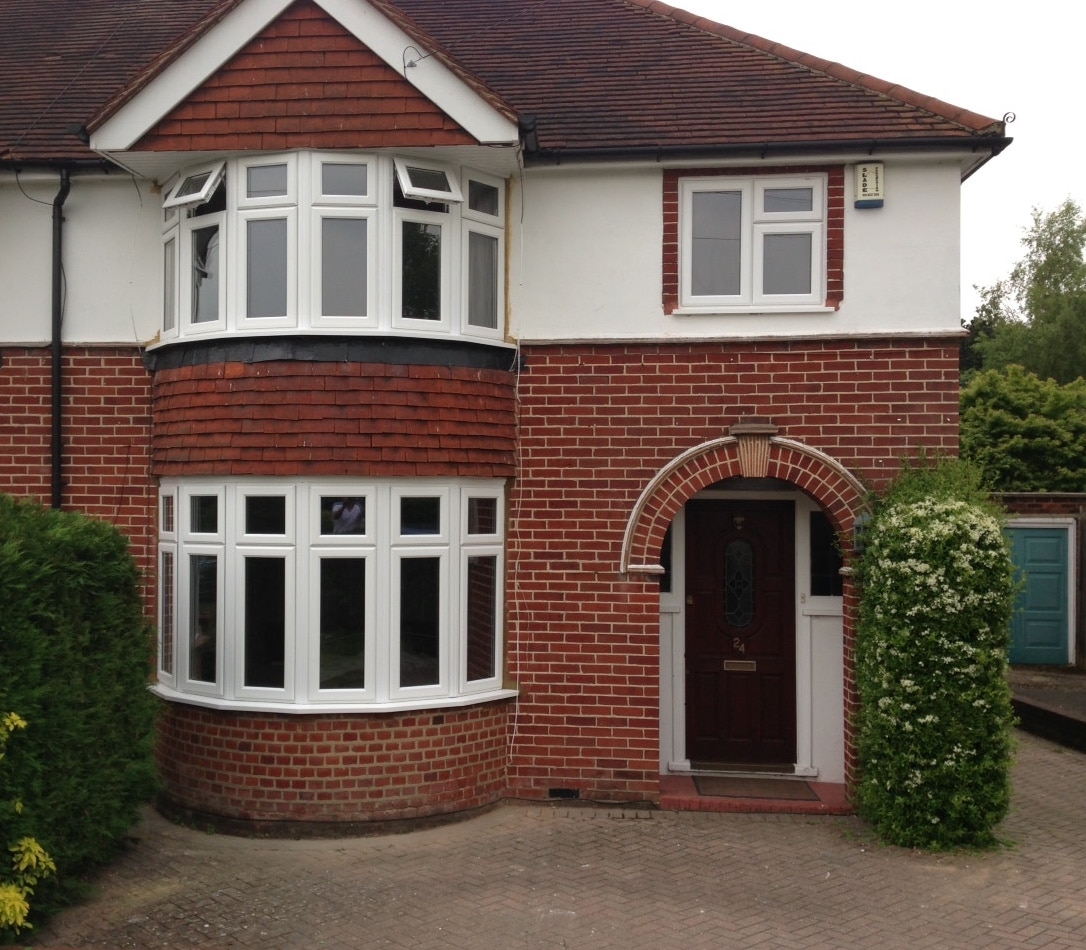20 Things Only The Most Devoted Residential Bay Windows Fans Should Know

Understanding Residential Bay Windows: A Comprehensive Guide
Bay windows have actually adorned homes for generations, lending both aesthetic appeal and practical benefits. Identified by Commercial Bay Window Installers that protrudes from the primary walls of a building, these windows transform an easy room into a vibrant, appealing area. This article looks into the attraction of bay windows, exploring their types, advantages, and useful factors to consider for house owners.
What Are Bay Windows?
Bay windows are a combination of three or more windows set at angles to produce a recess in the wall. They are normally composed of a main big window flanked by 2 smaller sized ones, forming a "bay" or nook. This architectural feature might be discovered in numerous designs, including conventional, Victorian, and modern homes, and often extends outwards, offering extra area and natural light.
Types of Bay Windows
- Canted Bay Windows: These are the most typical type, including a main window that extends outwards at a 30 or 45-degree angle with smaller sized windows on either side.
- Box Bay Windows: This type forms a box-like structure; the front is typically rectangular, while the side windows open at best angles to the wall.
- Oriel Bay Windows: Often found on upper floors, these windows do not touch the ground, supported by brackets or corbels.
- Circle Bay Windows: Featuring circular shapes, these windows create a softer appearance. They are less common and are typically used to enhance specific architectural designs.
Benefits of Bay Windows
The addition of bay windows can substantially boost a home's design and functionality. Below are some benefits that property owners delight in:
- Increased Natural Light: Bay windows permit more sunshine to go into living areas, decreasing the requirement for synthetic lighting and producing a brighter atmosphere.
- Enhanced Aesthetics: With their architectural beauty, bay windows can raise the visual appeal of a home, increasing its market worth.
- Expanded Space: The protruding structure creates a lovely nook for seating, plants, or storage, effectively increasing functional area without needing extensive restorations.
- Improved Views: Bay windows typically offer more comprehensive sightlines, allowing house owners to enjoy the surrounding landscapes more totally.
- Ventilation Opportunities: When created properly, bay windows can improve air flow throughout a room.
A Quick Overview: Advantages of Bay Windows
| Advantage | Description |
|---|---|
| Increased Natural Light | More sunlight results in a brighter home |
| Boosted Aesthetics | Elegance increases residential or commercial property value |
| Expanded Space | Deals extra locations for seating or storage |
| Improved Views | Wider views of the outdoor landscape |
| Ventilation Opportunities | Better airflow leads to a fresher atmosphere |
Design Considerations for Bay Windows
When pondering the installation of bay windows, house owners must consider numerous components associated to design, materials, and positioning:
1. Architectural Style
- Make sure the bay window matches the existing style of the home, maintaining a cohesive appearance.
2. Product Choices
- Typical products consist of wood, vinyl, aluminum, and fiberglass. Each has its own aesthetic appeal, maintenance requirements, and insulation properties.
3. Window Configuration
- Choose the arrangement of the windows (e.g., double-hung, sash, or picture windows) based upon lighting, ventilation, and architectural cohesiveness.
4. Roofing and Finishing
- Consider including a roof over the bay window for security and improved visual appeals. Commercial Bay Window Installers consist of gabled, curved, or flat roofing systems.
5. Area
- The positioning of the bay window should take into account the sun's path, surrounding structures, and views.
Regularly Asked Questions (FAQs)
1. Are bay windows expensive to install?
- The cost varies based upon size, products, and design intricacy. While initial costs may be higher than basic windows, they often provide long-lasting advantages in regards to energy effectiveness and home resale value.
2. Can I install a bay window myself?
- While DIY installation is possible for skilled people, it is normally advised to employ a professional to ensure correct design, sealing, and structural stability, particularly if modifications to the home's exterior are included.
3. How do bay windows effect energy efficiency?
- Properly set up bay windows can boost energy performance by maximizing natural light and reducing heat loss. Think about choosing energy-efficient glass and window frames to decrease energy costs.
4. What home furnishings work well with bay windows?
- House owners frequently choose integrated seating, such as benches, relaxing cushions, or ornamental plants to make the most of the extended space.
5. Do bay windows need unique maintenance?
- Regular cleaning of the glass and inspecting for any water damage or sealing issues are important. The specific maintenance program depends upon the products utilized.
Residential bay windows are more than simply a charming architectural detail; they use a wide variety of advantages that can raise both the functionality and appearance of a home. While consideration of style, cost, and maintenance is essential, the long-term advantages typically surpass the preliminary investment. Whether improving a timeless home or including a modern twist to a contemporary design, bay windows serve as a classic choice for house owners wanting to invest in their areas.
In summation, bay windows can change any living area, supplying appeal, convenience, and a connection to the world exterior. As house owners evaluate their choices, it's clear that these captivating features are worthy of consideration in both design and planning.

